Widgetized Section
Go to Admin » Appearance » Widgets » and move Gabfire Widget: Social into that MastheadOverlay zone
Is the Image of the Public Leader Changing?
Alexandru V. Roman
Historically public administration has been full of certain images and expectations in regards to what public administrators should be. Camilla Stivers in her 2002 “Gender in Public Administration: Legitimacy and the Administrative State” argues that the dominant images of leaders in public administration practice and theory are primarily masculine. That is the way we define and the expectation we have of our leaders are shaped within masculine prerogatives. The administrative leader is often perceived as a fatherly figure that makes the decisions for the benefit of others–the citizens. As such the dominant image of the administrator is that of a wise older male who dedicates his life to the public interest.
Within the context of the developed world this image appears to be changing in many ways. One significant pattern that can be observed is that elected state leaders in US, Germany, France and Russia are becoming younger. The trend is present but less obvious in UK and Japan. The tables included with this article show that while it is not always obvious, there is a tendency toward relatively younger administrative leaders to come into office in the second part of the period from 1990 to 2011.
On one hand it is possible that within the context of the developed world we are witnessing a change in the image of the public leader and the expectations that the public has of that status. Within the context of an aging population, its leaders are becoming younger. Also top administrators who are younger might have an easier time associating with the citizens in an age dominated by social networks. On the other hand, this might simply reflect that public leaders need to be younger in order to be able to deal with the complexity of the administrative challenges that he or she is facing.
In terms of modern form of governance Michel Foucault once suggested that “…prior to the emergence of population, the art of government was impossible to conceive except on the model of the family and in terms of economy conceived as the management of a family; from the moment when, on the contrary, population appears as absolutely irreducible to the family, the latter becomes secondary with respect to the population, comes to appear as an element internal to population, and no longer that is to say as a model, but as a segment.” Thus, if Foucault is correct in that modern governance has nothing left in common with the concept of family–we are starting to see reflections that the classic image of the administrative leader as a fatherly figure has disappeared as well.
If true, this might have significant implications for both public administration theory and practice.
ASPA member Alexandru V. Roman is a Ph.D. student in public administration at Florida Atlantic University. Email: [email protected]



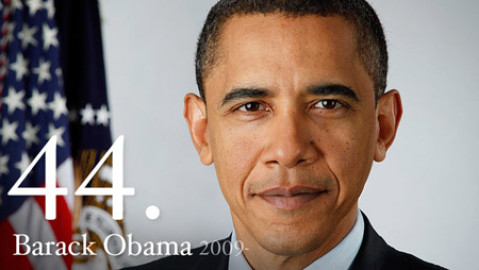
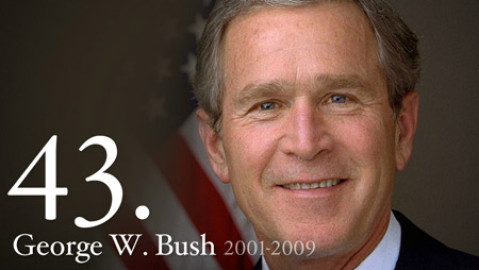
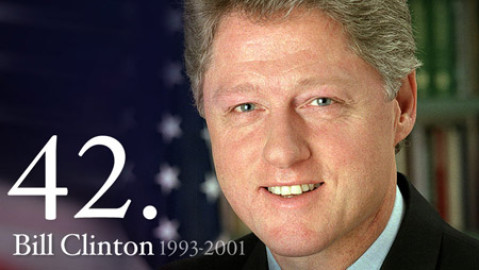
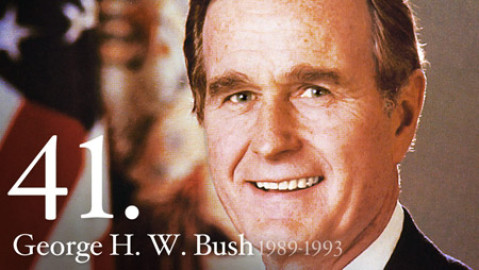
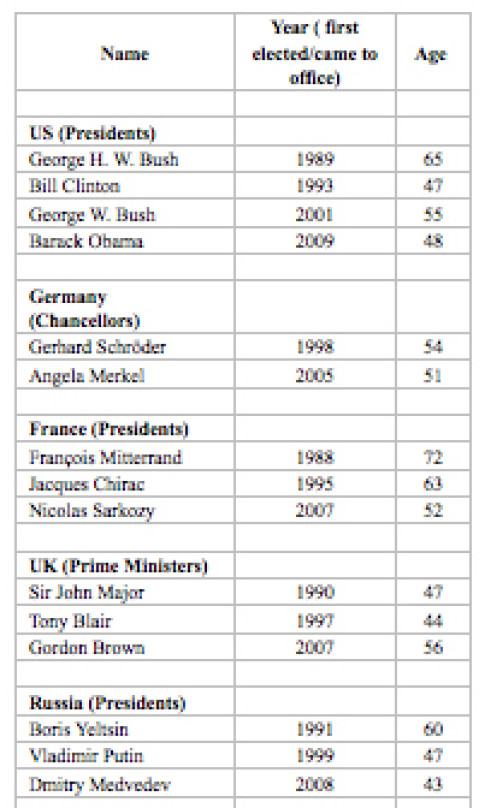
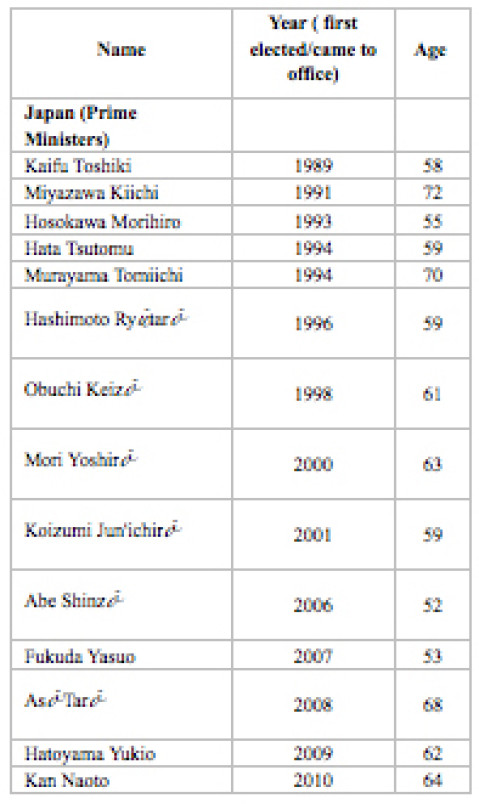

Follow Us!